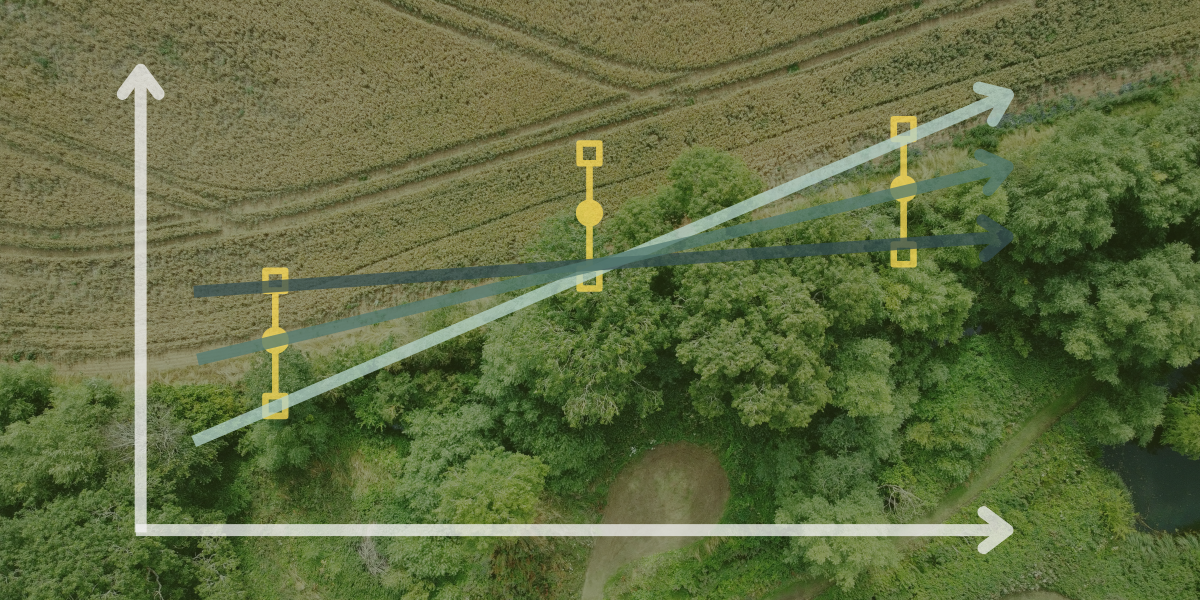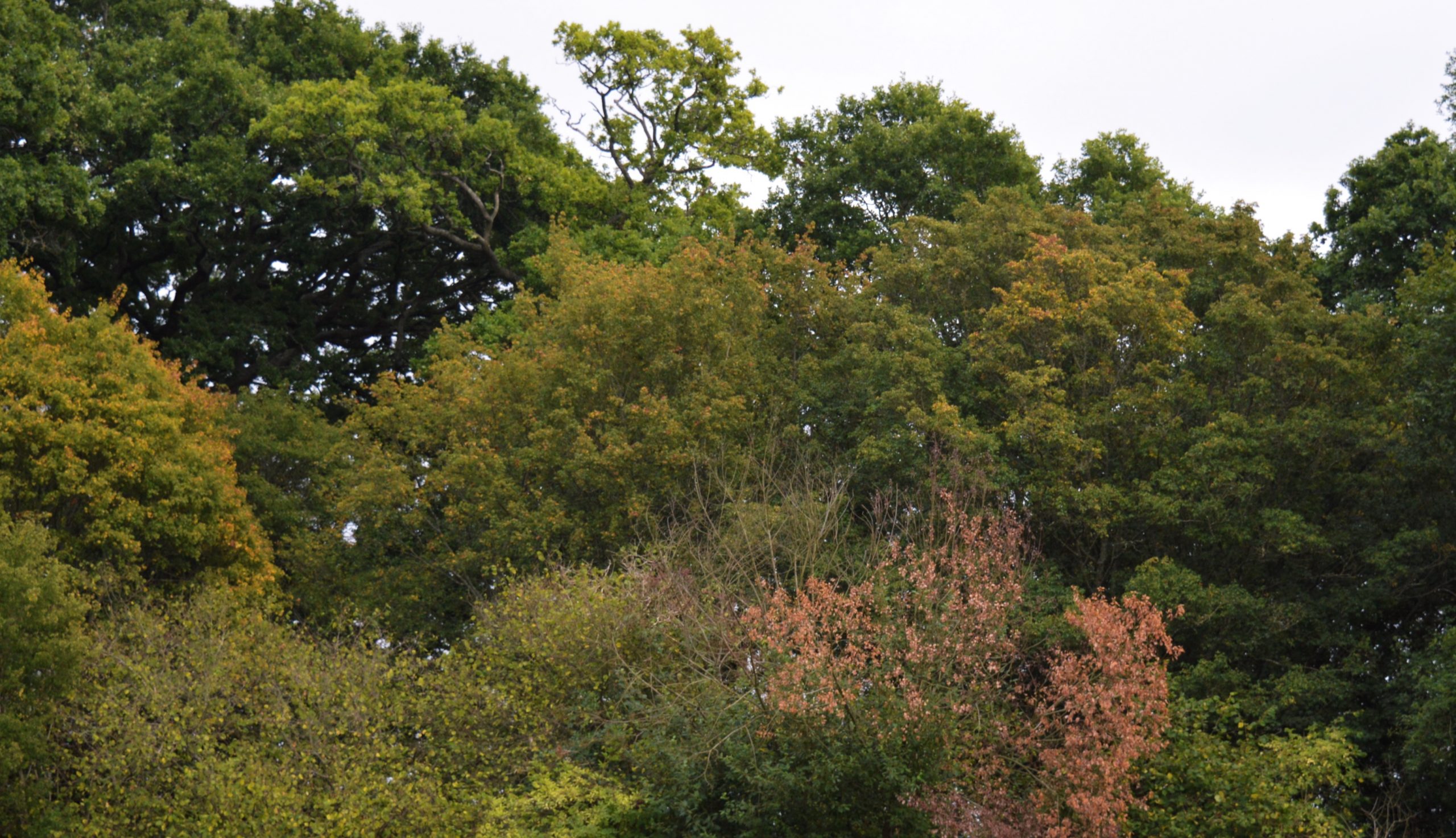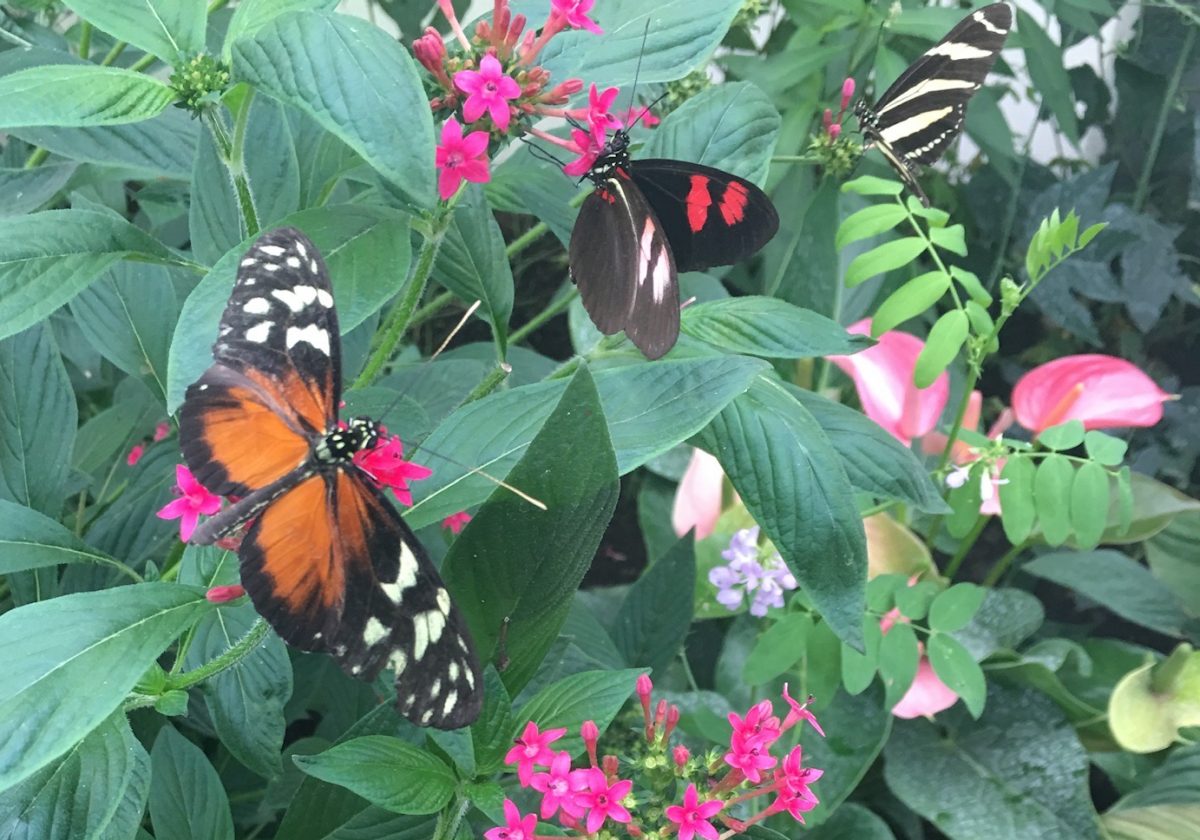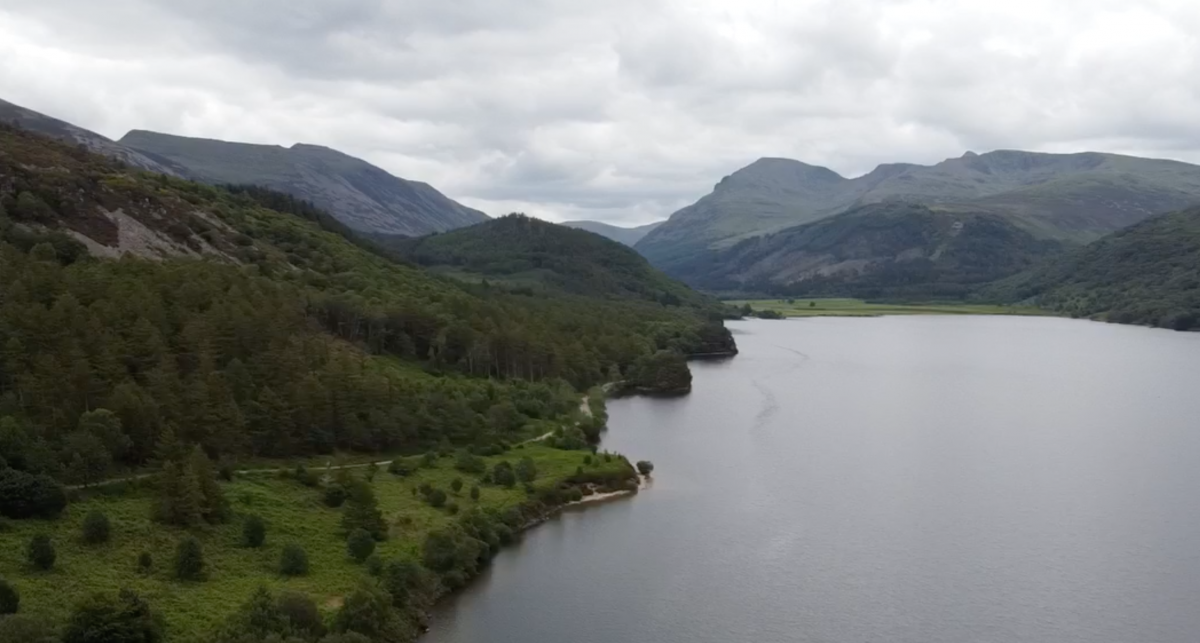This blog forms part of a series on the topic of measurement uncertainty for biodiversity measurements, specifically focusing on bioacoustics. The first blog in the series can be found here. As mentioned in the previous blog, our society relies on a host of different measurements, many of which we do not question or even notice […]










